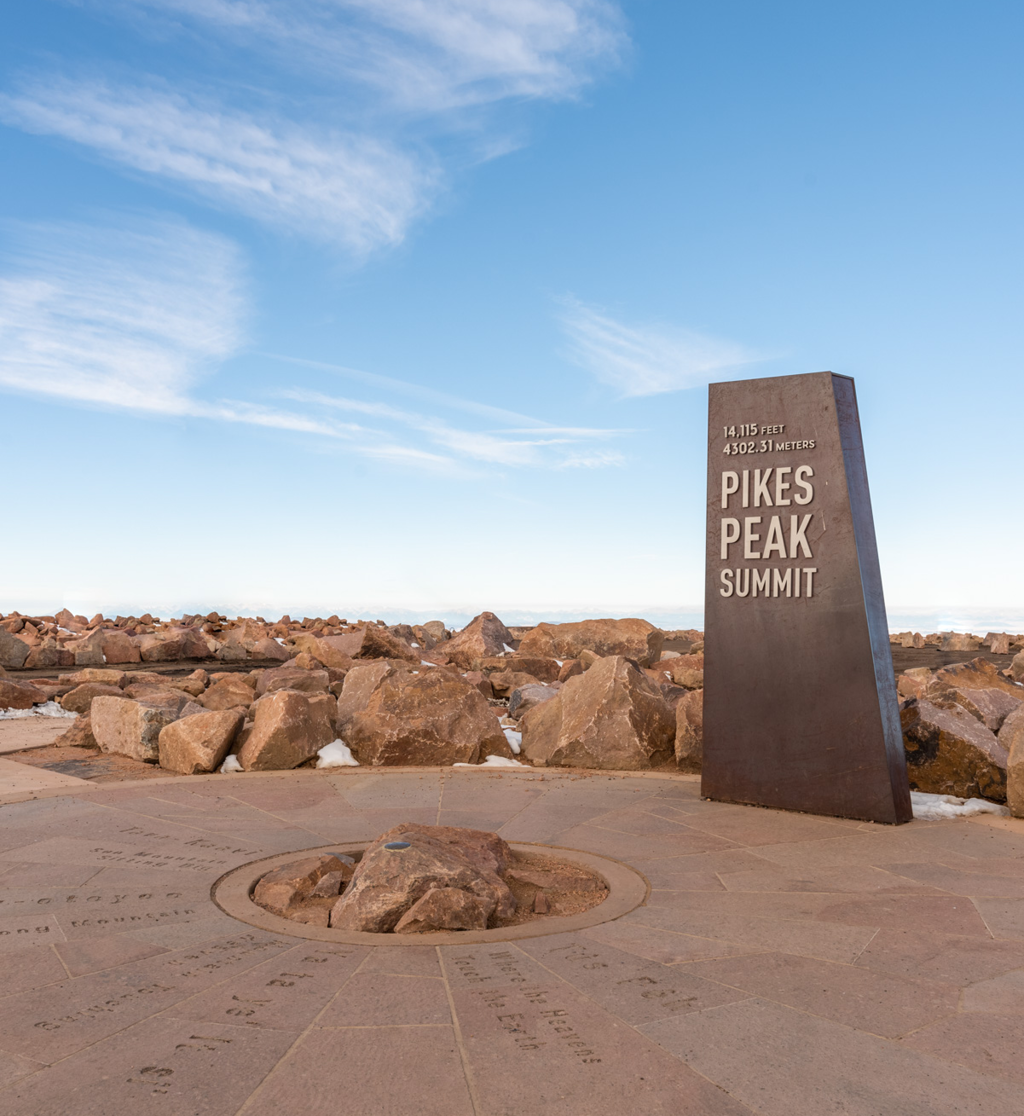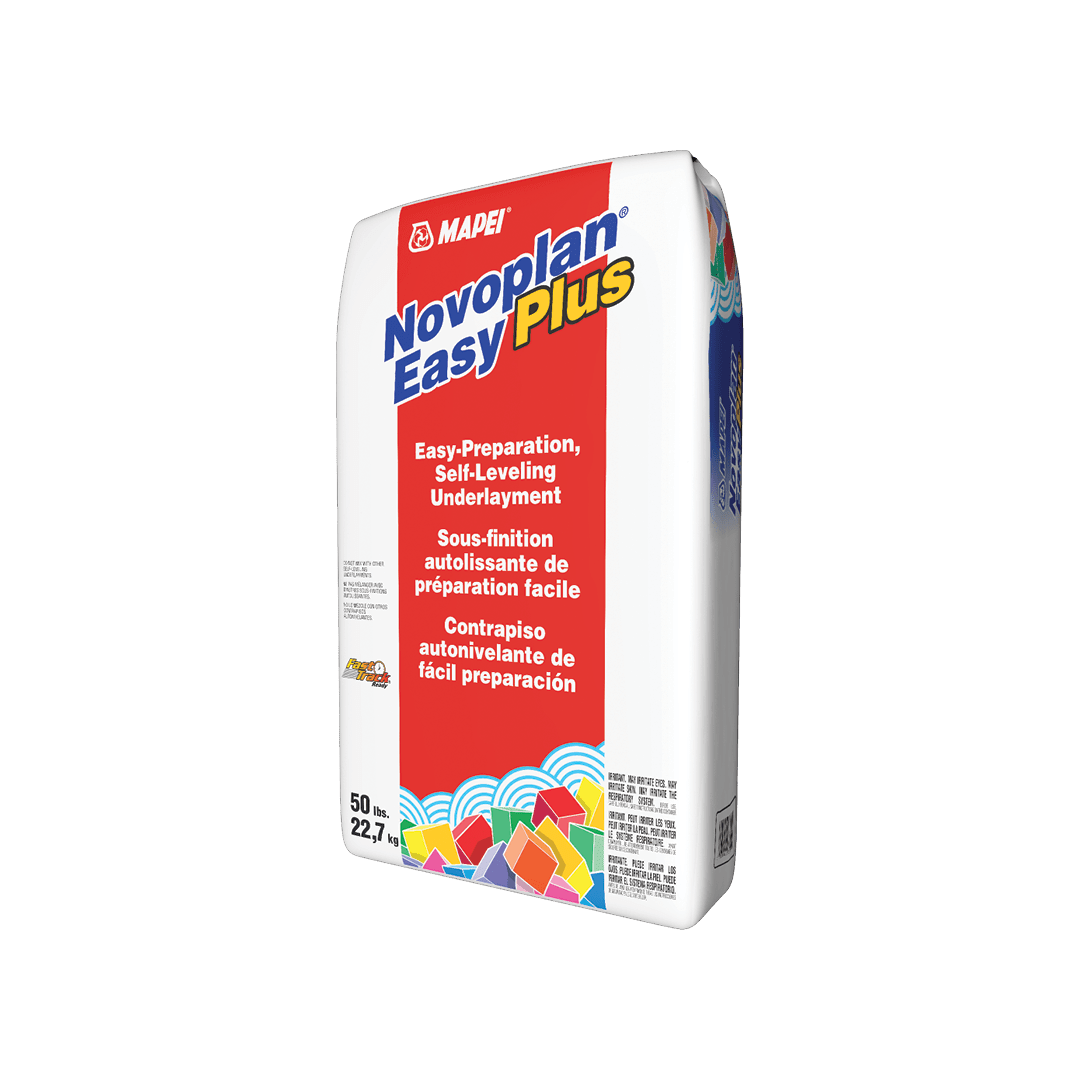 Browse by PRODUCT LINES
Browse by PRODUCT LINES
 All product lines
All product lines
 Search products
Search products
 In the spotlight
In the spotlight
From Realtà Mapei n° 36 - 1/11/2023

Known as “America’s Mountain,” Pikes Peak is iconic. It is one of the most visited mountains in the world and is a top tourist destination for the state of Colorado. The summit is a National Historic Landmark (NHL), and the mountain itself in addition to the spectacular views it affords hold a special place in America’s heart.
Maintained by the City of Colorado Springs, which sits at the base of the mountain, the Visitor Center at the summit (also known as Summit House) is reached by an estimated 750,000 people per year. That ascent can be made via the Pikes Peak Highway, The Broadmoor Manitou and Pikes Peak Cog Railway, or the Barr or Crags hiking trails, which is no small feat considering that the center sits 14,115 feet (4 302 m) above sea level. It is not easily reached: Even while riding in the comfort of a car, you notice the engine straining. In fact, driving up Pikes Peak Highway to the Visitor Center at the summit, you will cover 19 long miles (30.6 km), make 156 turns, and climb 6,715 feet (1 132 m) up a 7% grade from the entrance of the highway, according to dangerousroads.org.
Now, imagine making that trip with construction materials and heavy equipment. And, once you conquer the steep grade and winding turns to get to the jobsite at the summit, you can imagine that the real fun begins.
“Lack of oxygen, COVID-19 [note that the job began in 2019 and continued into 2021 during COVID], falling off the mountain, extreme cold weather,” said Jim Whitfield, MAPEI’s Director of Technical Services, who is no stranger to the mountain himself, having lived in nearby Colorado Springs. “These were all conditions that had to be taken into consideration and faced on this project. In fact, the general contractor bid this project based on a 65% efficiency for the construction due to conditions, altitude and weather,” he continued, describing the job. It is a scenario straight out of an “adventure” movie.
For the crews who worked to build the new Visitor Center, that imagined scenario became reality and America’s Mountain became a symbol of pride for more than patriotic reasons. For MAPEI Corporation, the Visitor Center became an opportunity for involvement from the very beginning in a very special project – providing assistance on product selection for the most environmentally conscious construction project on one of North America’s highest mountain peaks.
As if the jobsite itself wasn’t enough of a challenge, the City of Colorado Springs wanted to ensure that the building program was environmentally sound. They decided to pursue multiple green building certifications, including the Living Building Challenge (LBC) – the world’s most rigorous green building program.
Whitfield explained, “MAPEI Sustainability, led by our Sustainability Manager Brittany Storm, has been involved in this project since early 2019, consulting with the tile contractor, architectural firm and the general contractor on the Summit Complex, to make recommendations and provide proof of sustainable products that meet the Living Building Challenge and LEED Platinum requirements.”
“We advocate to be involved with the design team early in a project, especially when it comes to sustainability – as the design and construction teams are not expected to know every manufacturer’s product line inside and out. And then add having to know each product’s sustainable attributes and certifications on top of that,” Storm explained. “We prided ourselves on helping the Pikes Peak team select products that made the most sense for the building project and for meeting LEED and Living Building Challenge requirements.”
On top of the logistics of just getting materials up the mountain, the Pikes Peak design team considered factors including designing the building in such a way as to be Net-Zero water-ready. (This means the building will be able to, among other features, gather and reuse rainwater and snow.) The list of MAPEI products that Storm and MAPEI experts ultimately compiled (see below) is extensive and applies to both interior and exterior applications.
But what works for one green building system may not work for another. Storm explained the challenge: “We had to work with contractors, design team, construction team, and MAPEI (arch reps and Tech Services) to strategically select products that not only met the performance, aesthetic and other traditional considerations but also the Living Building Challenge’s and LEED’s sustainability requirements. While there are synergies between the two green building standards, there are also green product requirements that would work for one standard but not the other. We had to juggle both standards and find products that took both traditional and sustainable (both LBC and LEED) considerations into account.” Fortunately, MAPEI has a wide variety of products that qualify toward credits. Storm continued, “We’ve been innovating sustainability for a long time. Ultimately, more than 15 MAPEI products across three product lines were used on the Visitor Center.”
The Pikes Peak Visitor Center was designed to meet the threshold for a minimum certification of LEED Silver. However, with all the sustainable design and construction strategies that the center has incorporated, it may achieve LEED Platinum (as of this article, the final certification had yet to be awarded). And, as the Visitor Center’s Website proudly proclaims, “Every aspect of the new Visitor Center was carefully and thoroughly reviewed with sustainability at the forefront of the entire project. It is the most sustainable high-altitude structure in the country, if not the world.”
This is thanks in no small measure to the hard work and technical expertise of MAPEI. We like to say that “sustainability is part of everything that we do.” On America’s Mountain, it truly was a consideration of every aspect. “’America the Beautiful’ was inspired by Pikes Peak,” Whitfield said. “Standing in the newly constructed, sustainable Summit House, you look out through the panoramic windows and see the view all the way across those ‘purple mountains majesty.’ It is breathtaking, and humbling.” And now, future visitors will be able to stand in comfort and enjoy that same view – regardless of weather – for generations to come.
TECHNICAL DATA
Pikes Peak Summit Complex – Cascade, CO, USA
Years of construction: Early 2019 to end of 2021
Years of MAPEI involvement: Early 2019 to end of 2021
MAPEI coordinators: Brittany Storm and Jim Whitfield
Project owner: City of Colorado Springs
General contractor: GE Johnson
Installer contractor: Rampart Tile
Project manager: Steve Gray at Rampart Tile
Project size: Visitor Center of approx. 38,000 sq. ft. (3 530 m2)
Challenges: The Visitor Center is designed to meet the threshold for a minimum certification of LEED Silver. However, with all the sustainable design and construction strategies that the Center has incorporated, it may achieve LEED Platinum. It is also pursuing the status of Living Building Challenge (LBC), the world’s most rigorous building challenge.
Reaching the jobsite proved to be a challenge for crews and for materials. Working at a high altitude proved to be a challenge due to weather, danger of falling off the mountain and lack of oxygen.
MAPEI products:
Exterior – Pikes Peak summit marker
Interior – Pikes Peak Summit Complex
Wastewater treatment equipment baseplates






![Mapelastic Turbo [NA]](https://cdnmedia.mapei.com/images/librariesprovider10/products-images/4_3002190-mapelastic-turbo-combo_07c2e343be4344d7a8d23df72a2615d3.png?sfvrsn=d0b0a000_0)







Technical Services at 1-800-992-6273
Customer Service at 1-800-426-2734 (1-800-42-MAPEI)